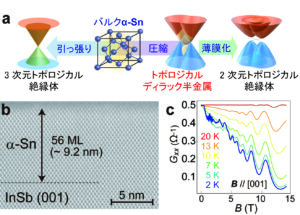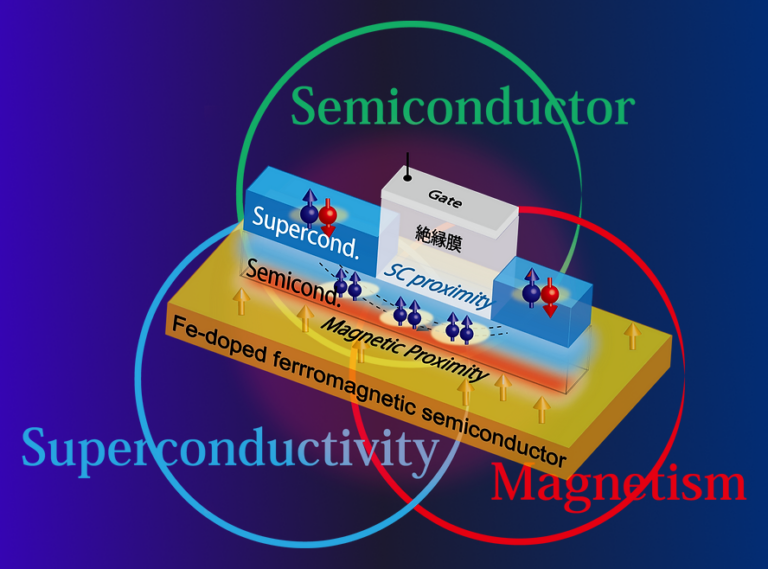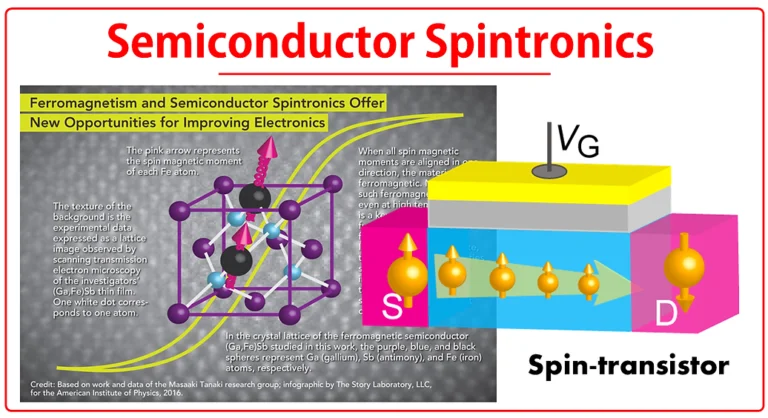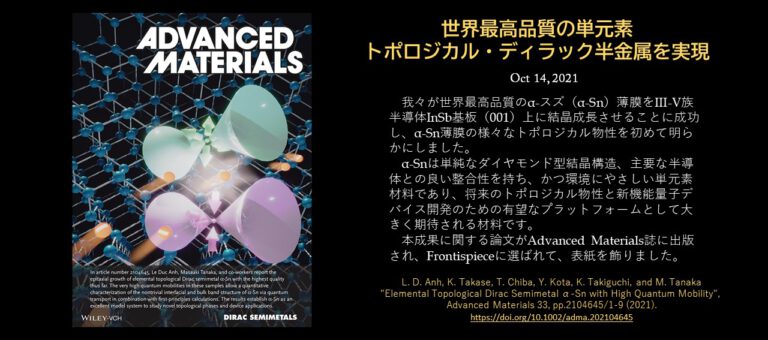We exploring the growth and novel physics of new topological materials, including topological Dirac and Weyl semimetals, topological insulators, and their heterostructures, with a keen eye on possible applications of these fascinated topological phenomena to sensing devices, information processing and storage techniques in the future.
The explosive growth of data due to advancements in information technology, including generative AI, has created an urgent need for real-time processing capabilities. This demand drives the push to dramatically enhance functionality, reduce power consumption, and increase integration of existing devices. Additionally, there’s a growing interest in quantum computing methods that could revolutionize information processing technology. Topological materials have emerged as a promising field for realizing such next-generation electronics.
Among these, topological superconductors are particularly noteworthy as they could potentially host Majorana quasiparticles — promising candidates for qubits in error-tolerant quantum computing. Another fascinating class of materials is topological Dirac semimetals (TDS). In TDS, “Dirac electrons” — which exhibit a linear relationship between energy and momentum similar to graphene — are responsible for bulk electrical conduction. These Dirac electrons, with their extremely small effective mass and high mobility, show great potential for ultra-high-speed electronic devices. When materials possess strong spin-orbit interactions, a phenomenon called “spin-momentum locking” occurs. This coupling between the spin and momentum directions of Dirac electrons allows the current to be viewed as both a charge and spin current. This dual nature makes TDS highly promising for spintronics and quantum information devices that leverage both the charge and spin of electrons. From a fundamental research perspective in condensed matter physics, TDS is considered a crucial subject of study. It’s often viewed as the “parent” phase of topological materials, as it’s possible to transition from TDS to various other topological material states.
Among the candidate materials for realizing topological Dirac semimetal states, α-Sn stands out as unique and promising. As the only single-element material in this category, α-Sn offers several advantages: a simple material structure, good compatibility with major semiconductors, and environmental friendliness. These properties suggest potential benefits in fabrication, control, and industrial application. However, previous studies faced challenges due to insufficient growth technology. High-quality α-Sn thin films proved difficult to fabricate, preventing the realization of expected topological properties. Achieving high-quality α-Sn thin films would mark a significant advancement, not only for solid-state physics centered on topological properties but also for opening new possibilities in quantum device applications.
 Our laboratory has made a breakthrough by fabricating the world’s highest quality single-crystal, diamond-type α-tin (α-Sn) thin films. We achieved this using molecular beam epitaxy crystal growth on indium antimonide (InSb) substrates, a III-V semiconductor. This method allows for atomic-level control. The exceptional quality of these α-Sn thin films led to the first-ever observation of clear Shubnikov-de Haas oscillations in electrical conductivity. Our measurements of the quantum mobility in α-Sn’s bulk hole band and surface band revealed mobility ten times higher than in previous studies. By manipulating the thickness and strain of α-Sn, we demonstrated — through experiments and theoretical calculations — its versatility. We showed that it can transition between various states: from a topological Dirac semimetal to a topological insulator, and even to a normal insulator. This flexibility reveals a rich topological phase diagram. α-Sn is now highly anticipated as a new platform material for topological properties and quantum devices. Its controllability, compatibility with major semiconductors, and environmentally friendly single-element structure make it particularly promising.
Our laboratory has made a breakthrough by fabricating the world’s highest quality single-crystal, diamond-type α-tin (α-Sn) thin films. We achieved this using molecular beam epitaxy crystal growth on indium antimonide (InSb) substrates, a III-V semiconductor. This method allows for atomic-level control. The exceptional quality of these α-Sn thin films led to the first-ever observation of clear Shubnikov-de Haas oscillations in electrical conductivity. Our measurements of the quantum mobility in α-Sn’s bulk hole band and surface band revealed mobility ten times higher than in previous studies. By manipulating the thickness and strain of α-Sn, we demonstrated — through experiments and theoretical calculations — its versatility. We showed that it can transition between various states: from a topological Dirac semimetal to a topological insulator, and even to a normal insulator. This flexibility reveals a rich topological phase diagram. α-Sn is now highly anticipated as a new platform material for topological properties and quantum devices. Its controllability, compatibility with major semiconductors, and environmentally friendly single-element structure make it particularly promising.
This research theme aims to realize and explore various new topological materials that have high affinity with conventional semiconductor technology. Starting with α-Sn, we seek to elucidate and controll their novel physical properties as well as apply these materials to spintronics and quantum information science and technology.
Please find more details in these representative publications:
-
Le Duc Anh, Kengo Takase, Takahiro Chiba, Yohei Kota, Kosuke Takiguchi, Masaaki Tanaka, “Elemental topological Dirac semimetal α-Sn with high quantum mobility”, Advanced Materials 33, 2104645 (2021). DOI: 10.1002/adma.202104645.
-
Kohdai Inagaki*, Keita Ishihara*, Tomoki Hotta, Yuichi Seki, Takahito Takeda, Tatsuhiro Ishida, Daiki Ootsuki, Ikuto Kawasaki, Shin-ichi Fujimori, Masaaki Tanaka, Le Duc Anh, and Masaki Kobayashi, “Allotropic transition of Dirac semimetal alpha-Sn to superconductor beta-Sn induced by irradiation of focused ion beam“, Appl. Phys. Lett. 124, 021602 (2024).
- Le Duc Anh*, Keita Ishihara*, Tomoki Hotta, Kohdai Inagaki, Hideki Maki, Takahiro Saeki, Masaki Kobayashi, and Masaaki Tanaka, “Large superconducting diode effect in ion-beam patterned Sn-based superconductor nanowire/topological Dirac semimetal planar heterostructures”, Nature Communications (2024







